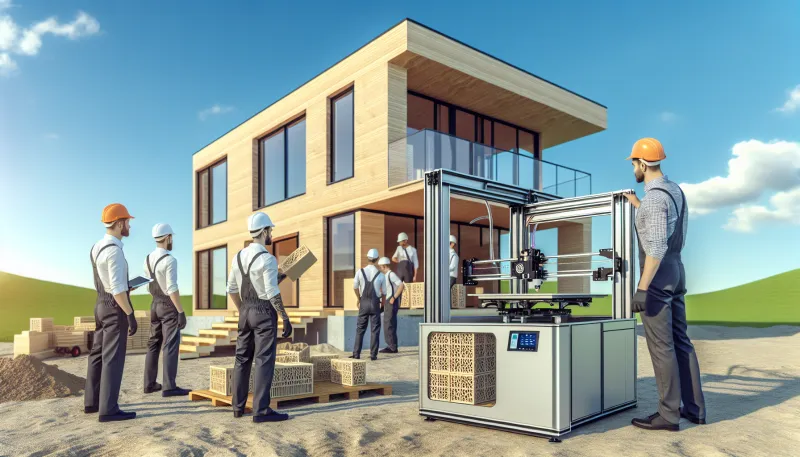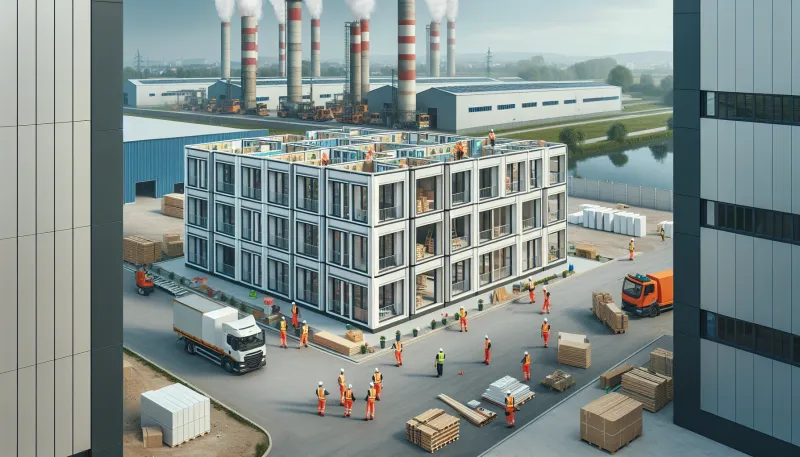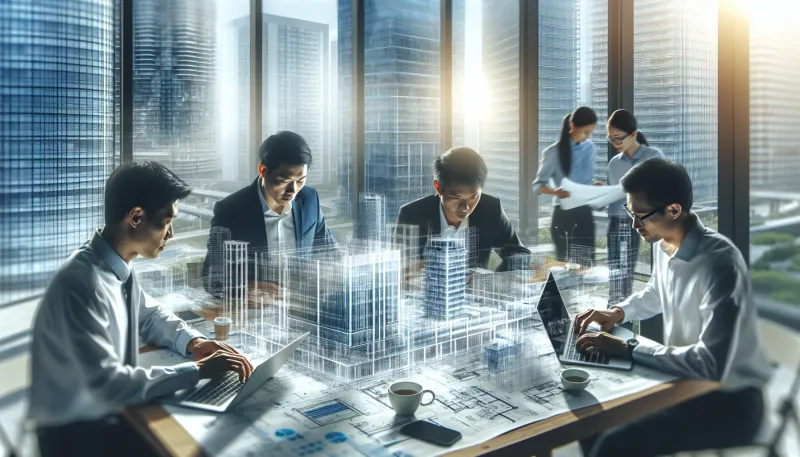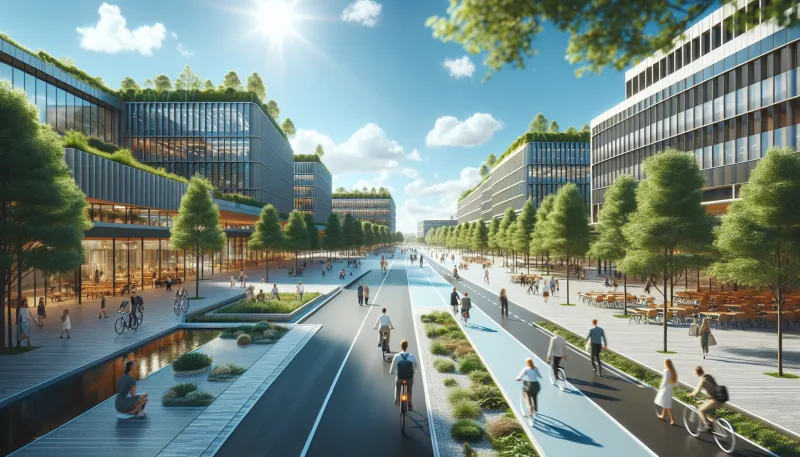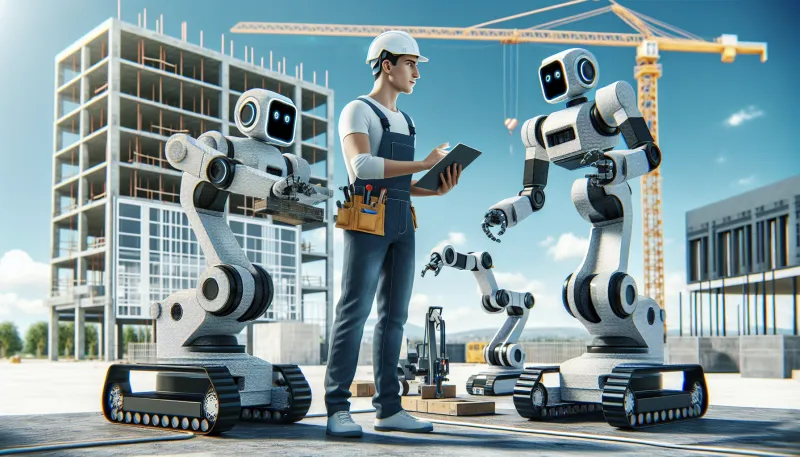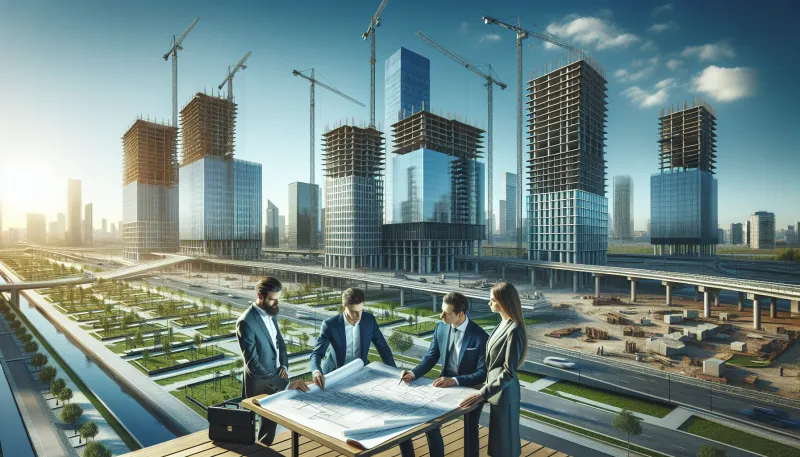
Why Sustainable Construction Is Transforming the Future of Real Estate
- Environmental impact reduction through sustainable materials
- Energy efficiency as a cornerstone of green building
- Water conservation and management in modern construction
- Health and wellness benefits for building occupants
- Economic advantages of sustainable real estate investments
- Regulatory trends encouraging sustainable building practices
- Technological innovations driving sustainable construction forward
- Community impact and social responsibility in real estate
- Long-term resilience and adaptability of sustainable buildings
Environmental impact reduction through sustainable materials
One of the primary drivers behind sustainable construction is the use of eco-friendly materials that minimize environmental damage. Traditional building materials often require energy-intensive production processes and contribute to pollution. Sustainable alternatives, such as recycled steel, bamboo, and reclaimed wood, lower carbon footprints and reduce waste. By choosing green materials, builders can protect natural resources and promote a circular economy in real estate development.
Energy efficiency as a cornerstone of green building
Energy efficiency is critical in sustainable construction, as buildings are major consumers of energy globally. Incorporating technologies like solar panels, high-performance insulation, and smart lighting systems allows buildings to drastically reduce their energy consumption. Energy-efficient designs not only lower greenhouse gas emissions but also translate into significant cost savings for owners and tenants over the building’s lifespan.
Water conservation and management in modern construction
Water scarcity is becoming an increasingly pressing issue worldwide, prompting sustainable construction to prioritize water-saving techniques. This includes installing low-flow fixtures, rainwater harvesting systems, and greywater recycling. Effective water management reduces demand on municipal supplies and enhances building resilience against droughts or water restrictions, making it a vital feature in future real estate projects.
Health and wellness benefits for building occupants
Sustainable buildings are designed with occupant well-being in mind, integrating natural lighting, improved air quality, and non-toxic materials. These factors contribute to healthier indoor environments, which can increase productivity, reduce illness-related absences, and improve overall quality of life. Real estate that prioritizes these elements attracts discerning tenants and buyers who value long-term health benefits.
Economic advantages of sustainable real estate investments
Investing in sustainable construction offers compelling economic incentives. Green buildings often enjoy higher property values, lower operating costs, and increased rental income due to their desirability. Furthermore, many governments provide tax credits, subsidies, or grants for sustainable projects, enhancing financial viability. As market demand grows, sustainable properties demonstrate stronger resilience against economic fluctuations.
Regulatory trends encouraging sustainable building practices
Government regulations worldwide are increasingly mandating sustainable standards in the real estate sector. Policies such as energy efficiency codes, carbon reduction targets, and green certification requirements compel developers to adopt sustainable construction methods. Staying ahead of these regulatory trends not only ensures compliance but also positions real estate projects as future-proof and responsible investments.
Technological innovations driving sustainable construction forward
Advances in technology have accelerated the adoption of sustainable construction techniques. Building information modeling (BIM), modular construction, and advanced materials like self-healing concrete enable more efficient, precise, and eco-friendly projects. Smart sensors and automation further optimize resource use and maintenance. These innovations reduce waste, save time, and enhance the performance of sustainable buildings.
Long-term resilience and adaptability of sustainable buildings
Finally, sustainable construction focuses on creating buildings that can adapt to changing environmental and user needs over time. Flexible design, durable materials, and renewable energy integration contribute to long-term resilience against climate change impacts such as extreme weather. Emphasizing adaptability ensures that real estate assets maintain functionality, value, and relevance well into the future.
Tommy is a property-passionate journalist who covers the forces shaping housing and the built environment. With a data-driven approach and a reporter’s curiosity, he writes on market cycles, urban development, PropTech, and policy—always connecting numbers to everyday lives. [Name]’s work blends clear analysis with on-the-ground reporting to help readers navigate trends, opportunities, and risks across residential and commercial real estate.



